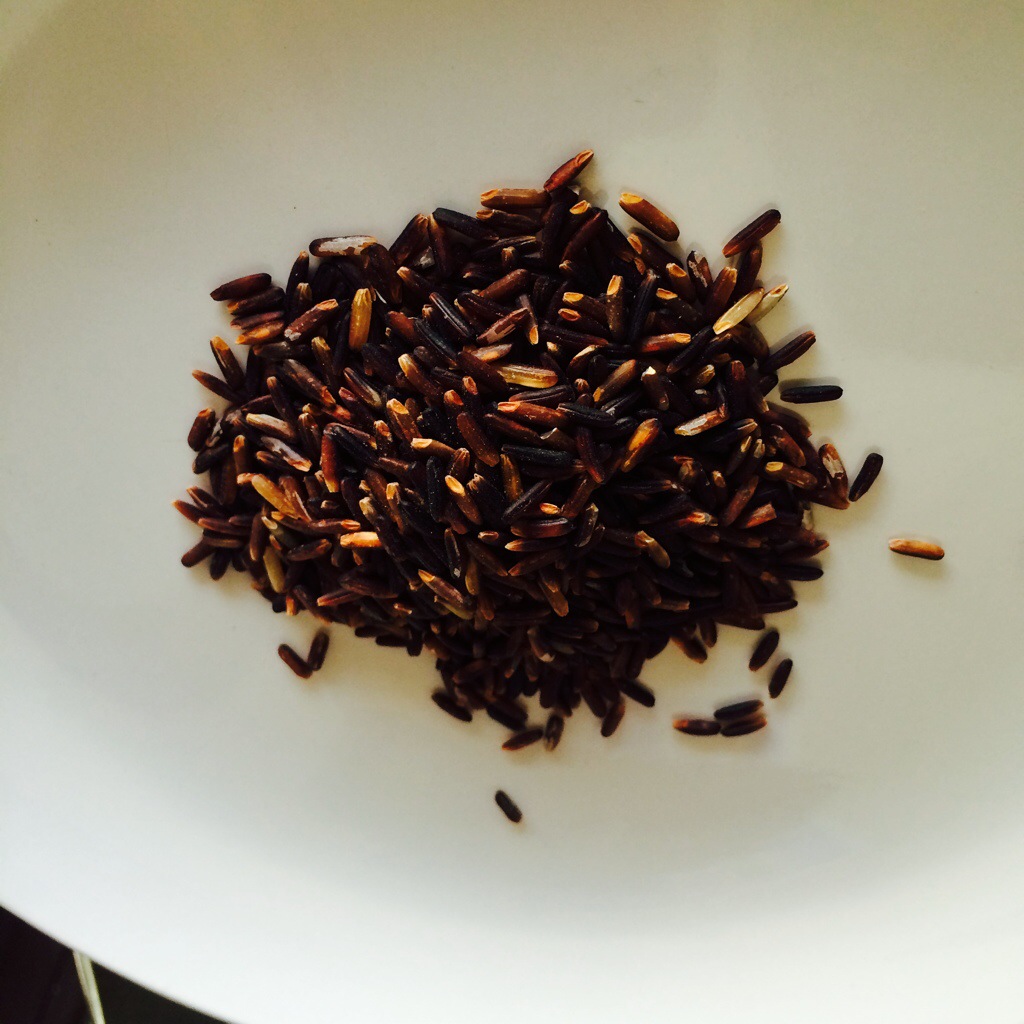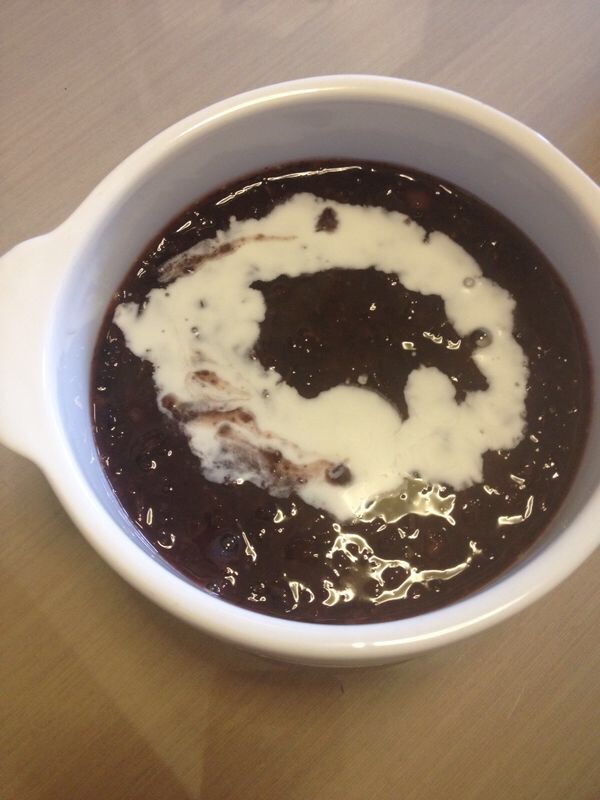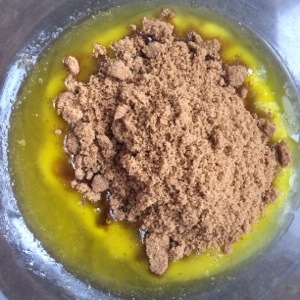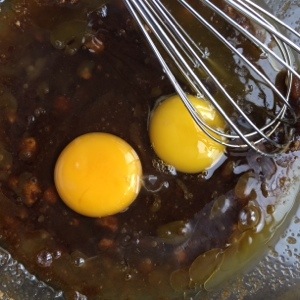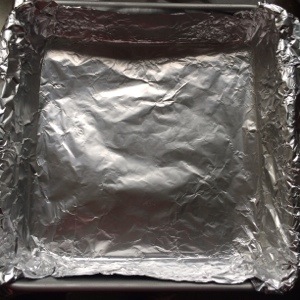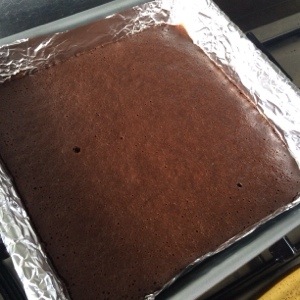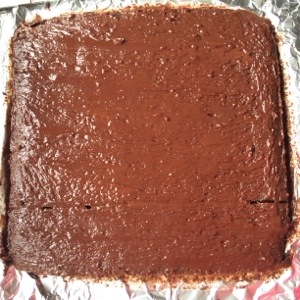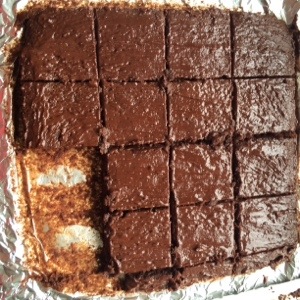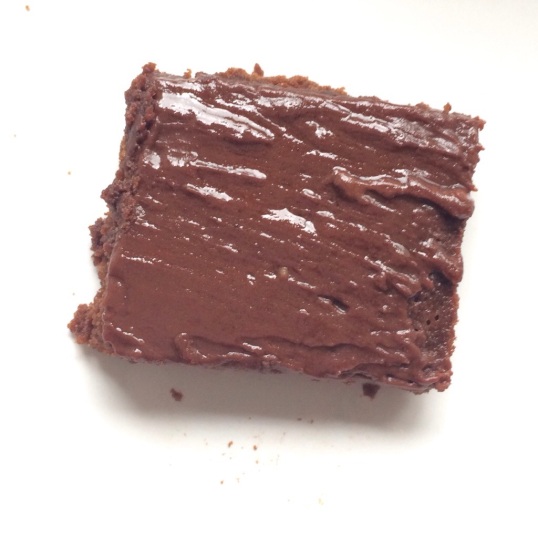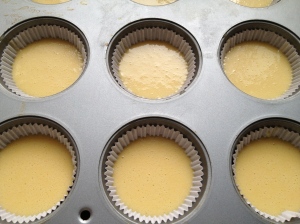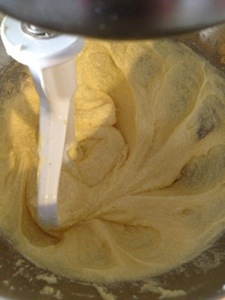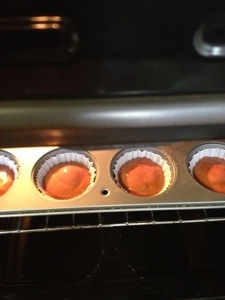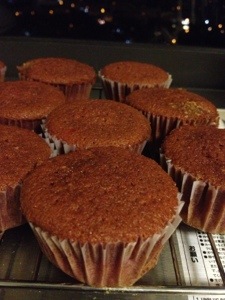 To be very honest, I had not heard of a “Tian” until now. That’s the beauty of the challenges that are dished out of the Daring Kitchen, I suppose. This is my second month on the challenge, but the first one that I’m actually posting.The first challenge was Tiramisu, that somehow eluded me, or I avoided it, however you want to put it:) These challenges are quite complicated (duh!) , and though I’m glad I finished it this month, I’m not sure I would necessarily make it again, at least not the same complicated steps.
To be very honest, I had not heard of a “Tian” until now. That’s the beauty of the challenges that are dished out of the Daring Kitchen, I suppose. This is my second month on the challenge, but the first one that I’m actually posting.The first challenge was Tiramisu, that somehow eluded me, or I avoided it, however you want to put it:) These challenges are quite complicated (duh!) , and though I’m glad I finished it this month, I’m not sure I would necessarily make it again, at least not the same complicated steps.
The tian was quite delicious, don’t get me wrong, but I think the same orange cream pie/creamsicle taste could have been achieved via a recipe that took half the time. At least, that was my immediate reaction after I tasted it.
The 2010 March Daring Baker’s challenge was hosted by Jennifer of Chocolate Shavings. She chose Orange Tian as the challenge for this month, a dessert based on a recipe from Alain Ducasse’s Cooking School in Paris. These were the variations/conditions of the challenge-
Variations allowed:
* You can choose to serve the dessert ‘family-style’ and don’t have to make it in individual portions. (This is how I made it)
* You can use your favorite “Pate Sablee” recipe if you have one, but it must be a pate sablee
* You can add any additional flavoring to your whipped cream
* You can play with different citrus in this dessert (grapefruit, blood orange, lemon) at any step in the recipe.
* However, you must make the tart dough, the whipped cream, the caramel sauce, citrus segments and marmalade.
I ended up making everything on the same day which didn’t help. By the time I was done and put the Tian in the freezer, it was close to midnight . I will suggest that you make the marmalade, caramel sauce and the pate sablee a day ahead and the whipped cream the next day, so you can assemble the dessert and leave it in the freezer overnight. Then put it out to thaw in the refrigerator the next day and possibly out at room temperature about 2 hours prior to serving.Mine was probably in the fridge too long as the base was still a little frozen when I served it to my guests. When I ate it the next day, it felt perfect but I’d already made an impression (not the right kind) on my 30 guests who tried to eat it with a fork at first and eventually had to pick it up with their fingers to eat it like a scone with whipped cream on top!
Well, on a positive note, I learnt how to make marmalade that turned out perfect and I survived my first Daring Baker’s Challenge . April DBC, here I come!
For the Pate Sablee:
Ingredients U.S. Imperial Metric Instructions for Ingredients
2 medium-sized egg yolks at room temperature
6 tablespoons + 1 teaspoon granulated sugar 2.8 oz; 80 grams
½ teaspoon vanilla extract
¼ cup + 3 tablespoons Unsalted butter 3.5 oz; 100 grams ice cold, cubed
1/3 teaspoon Salt 2 grams
1.5 cup + 2 tablespoons All-purpose flour 7 oz; 200 grams
1 teaspoon baking powder 4 grams
Directions:
Put the flour, baking powder, ice cold cubed butter and salt in a food processor fitted with a steel blade.
In a separate bowl, add the eggs yolks, vanilla extract and sugar and beat with a whisk until the mixture is pale. Pour the egg mixture in the food processor.
Process until the dough just comes together. If you find that the dough is still a little too crumbly to come together, add a couple drops of water and process again to form a homogeneous ball of dough. Form into a disc, cover with plastic wrap and leave to rest in the fridge for 30 minutes.
Preheat your oven to 350 degree Fahrenheit.
Roll out the dough onto a lightly floured surface until you obtain a ¼ inch thick circle.
Place a parchment (or silicone) lined baking sheet inside a round cake tin or a springform pan. Place the dough on the paper and bake for 20 minutes or until the edges start to get golden.
For the Marmalade:
Ingredients
Freshly pressed orange juice ¼ cup + 3 tablespoons; 3.5 oz; 100 grams
1 large orange used to make orange slices
cold water to cook the orange slices
pectin 5 grams
granulated sugar: use the same weight as the weight of orange slices once they are cooked
Finely slice the orange. Place the orange slices in a medium-sized pot filled with cold water. Simmer for about 10 minutes, discard the water, re-fill with cold water and blanch the oranges for another 10 minutes.

Blanch the orange slices 3 times. This process removes the bitterness from the orange peel, so it is essential to use a new batch of cold water every time when you blanch the slices.
Once blanched 3 times, drain the slices and let them cool.
Once they are cool enough to handle, finely mince them (using a knife or a food processor).
Weigh the slices and use the same amount of granulated sugar . If you don’t have a scale, you can place the slices in a cup measure and use the same amount of sugar.
In a pot over medium heat, add the minced orange slices, the sugar you just weighed, the orange juice and the pectin. Cook until the mixture reaches a jam consistency (10-15 minutes).

Transfer to a bowl, cover with plastic wrap and put in the fridge.

For the Orange Segments:
For this step you will need 8 oranges.
Cut the oranges into segments over a shallow bowl and make sure to keep the juice. Add the segments to the bowl with the juice.
[See YouTube video in the References section below for additional information on segmenting oranges.]
For the Caramel:
Ingredients :
granulated sugar 1 cup; 7 oz; 200 grams
orange juice 1.5 cups + 2 tablespoons; 14 oz; 400 grams
Place the sugar in a pan on medium heat and begin heating it.
Once the sugar starts to bubble and foam, slowly add the orange juice. As soon as the mixture starts boiling, remove from the heat and pour half of the mixture over the orange segments.

Reserve the other half of the caramel mixture in a small bowl — you will use this later to spoon over the finished dessert. When the dessert is assembled and setting in the freezer, heat the kept caramel sauce in a small saucepan over low heat until it thickens and just coats the back of a spoon (about 10 minutes). You can then spoon it over the orange tians.
[Tip: Be very careful when making the caramel — if you have never made caramel before, I would suggest making this step while you don’t have to worry about anything else. Bubbling sugar is extremely, extremely hot, so make sure you have a bowl of ice cold water in the kitchen in case anyone gets burnt!]
For the Whipped Cream:
Ingredients :
heavy whipping cream 1 cup; 7 oz; 200 grams
3 tablespoons of hot water
1 tsp vegetarian Gelatine (I bought this at Whole Foods and it’s called vegetarian jello. You may also use agar agar)
1 tablespoon of confectioner’s sugar
orange marmalade (see recipe above) 1 tablespoon
In a small bowl, add the gelatine and hot water, stirring well until the gelatine dissolves. Let the gelatine cool to room temperature while you make the whipped cream. Combine the cream in a chilled mixing bowl. Whip the cream using a hand mixer on low speed until the cream starts to thicken for about one minute. Add the confectioner sugar. Increase the speed to medium-high. Whip the cream until the beaters leave visible (but not lasting) trails in the cream, then add the cooled gelatine slowly while beating continuously. Continue whipping until the cream is light and fluffy and forms soft peaks. Transfer the whipped cream to a bowl and fold in the orange marmalade.
[Tip: Use an ice cold bowl to make the whipped cream in. You can do this by putting your mixing bowl, cream and beater in the fridge for 20 minutes prior to whipping the cream.]

Assembling the Dessert:
Make sure you have some room in your freezer. Ideally, you should be able to fit a small baking sheet or tray of desserts to set in the freezer.
Line a small tray or baking sheet with parchment paper or a silicone sheet. Lay out a springform pan onto the parchment paper/silicone.
Drain the orange segments on a kitchen towel.
Have the marmalade, whipped cream and baked circle of dough ready to use.
Arrange the orange segments at the bottom of the springform pan. Make sure the segments all touch either and that there are no gaps. Make sure they fit snugly and look pretty as they will end up being the top of the dessert. Arrange them as you would sliced apples when making an apple tart.
Once you have neatly arranged one layer of orange segments at the bottom of the pan, add a couple spoonfuls of whipped cream and gently spread it so that it fills the cpan in an even layer. Leave about 1/4 inch at the top so there is room for dough circle.

Using a butter knife or small spoon, spread a small even layer of orange marmalade on the circle of dough.

Carefully place the circle of dough over each ring (the side of dough covered in marmalade should be the side touching the whipping cream). Gently press on the circle of dough to make sure the dessert is compact.
Place the dessert to set in the freezer to set for 10 minutes to overnight.
Using a small knife, gently go around the edges of the cookie cutter to make sure the dessert will be easy to unmold. Gently place your serving plate on top of a dessert (on top of the circle of dough) and turn the plate over. Gently remove the cookie cutter, add a spoonful of caramel sauce and serve immediately.
Resources:
http://www.wisegeek.com/what-is-a-tian.htm(An article about the dessert known as tian.)
YouTube link on how to segment an orange: http://www.youtube.com/watch?v=ZG5mcEEBlcI
To learn more about Pectin: http://en.wikipedia.org/wiki/Pectin
What to substitute for Pectin: http://www.gourmetsleuth.com/Dictionary/P/Pectin-6222.aspx
